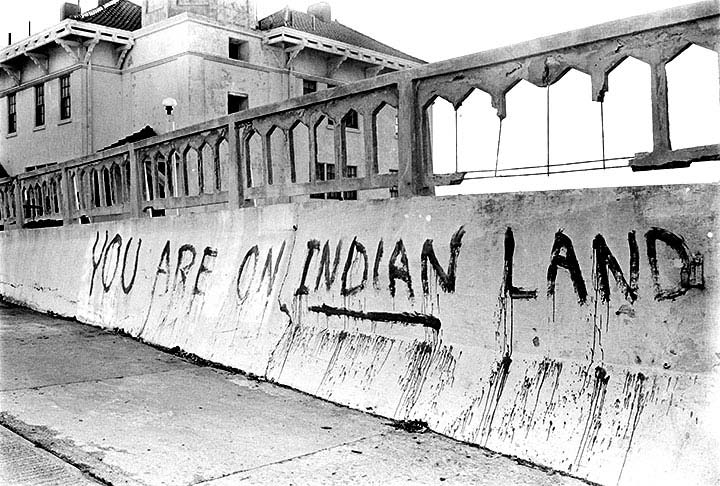"In the name of all Indians ... we reclaim this island for our Indian nations," the proclamation read. "We feel this claim is just and proper, and that the land should rightfully be granted to us for as long as the rivers run and the sun shall shine. We hold the Rock!"
- Richard Oakes, 1969

Occupation of Alcatraz (November 1969 – June 1971)
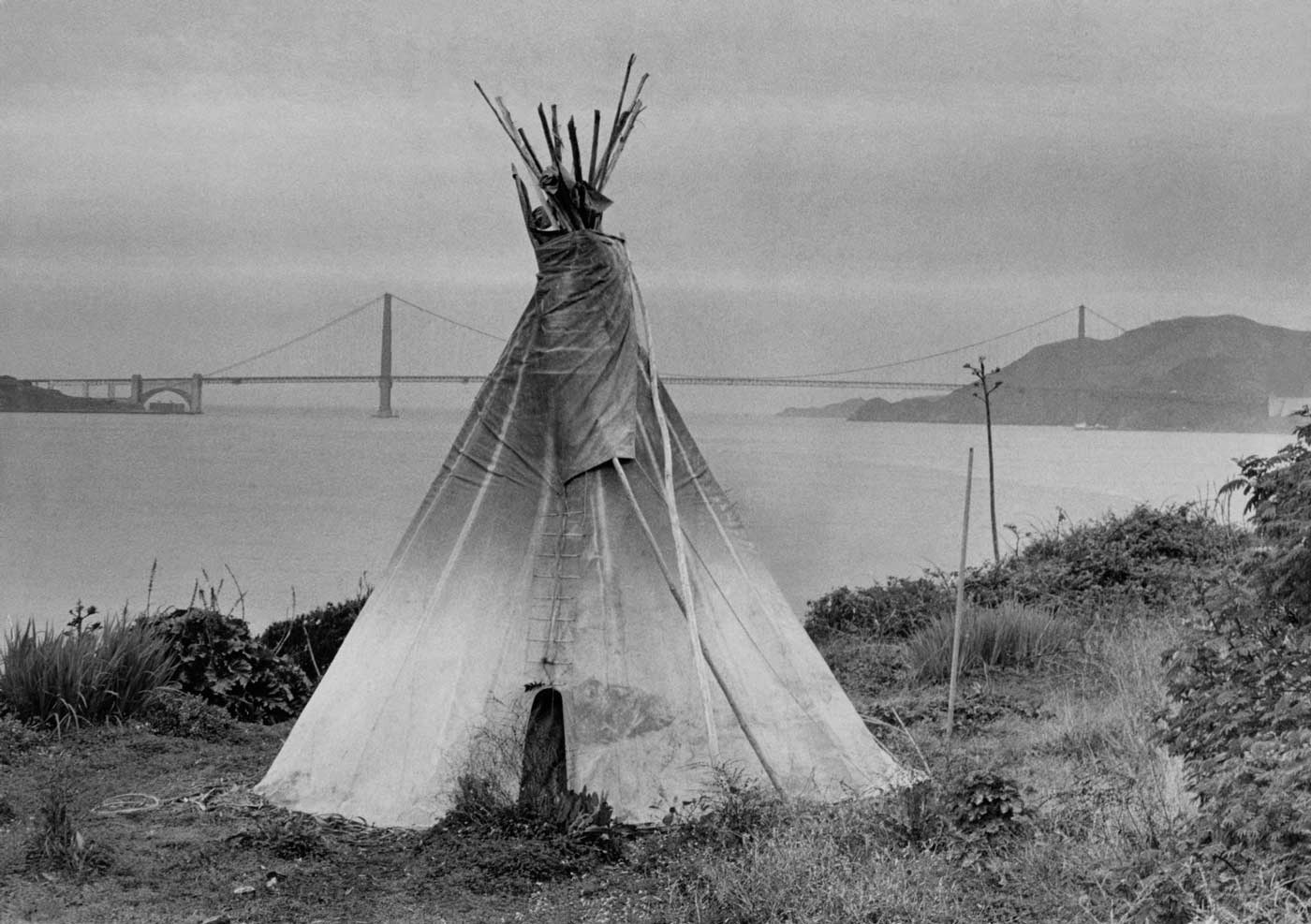
In November of 1969, the nation’s attention would be drawn to a “takeover” of a former U.S. government penitentiary on Alcatraz Island in San Francisco Bay, by a group calling themselves the Indians of All Tribes (IOAT). However, this was not the first political action at Alcatraz; in 1964 Russell Means and his father Walter Means and three other men traveled to the island to claim the closed prison site under the terms of the 1868 Treaty of Fort Laramie, which allowed Indians to claim surplus federal lands and property.
On November 9, 1969, days after a fire destroyed the American Indian Center in San Francisco, an important meeting place for urban Indians offering assistance with employment, health care and legal aid, a brief symbolic occupation of Alcatraz occurred. Richard Oakes, a Mohawk Indian and leader of the one-day event, read a Proclamation to the press and government officials asking that the government build a center on Alcatraz to replace the recently destroyed American Indian Center. The new building would serve as a place to study Native history and ecology, a school for job training and a spiritual center.

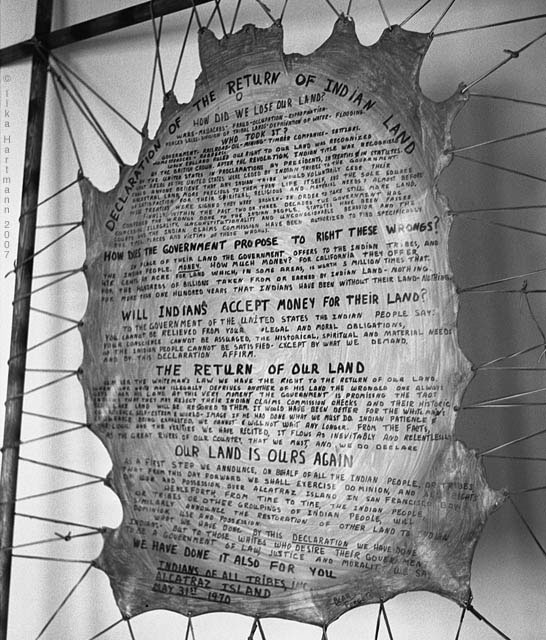
On November 20th, after securing a boat to take 89 American Indians and their supporters to the Island, a 19-month long Red Power protest began, led by Richard Oakes.

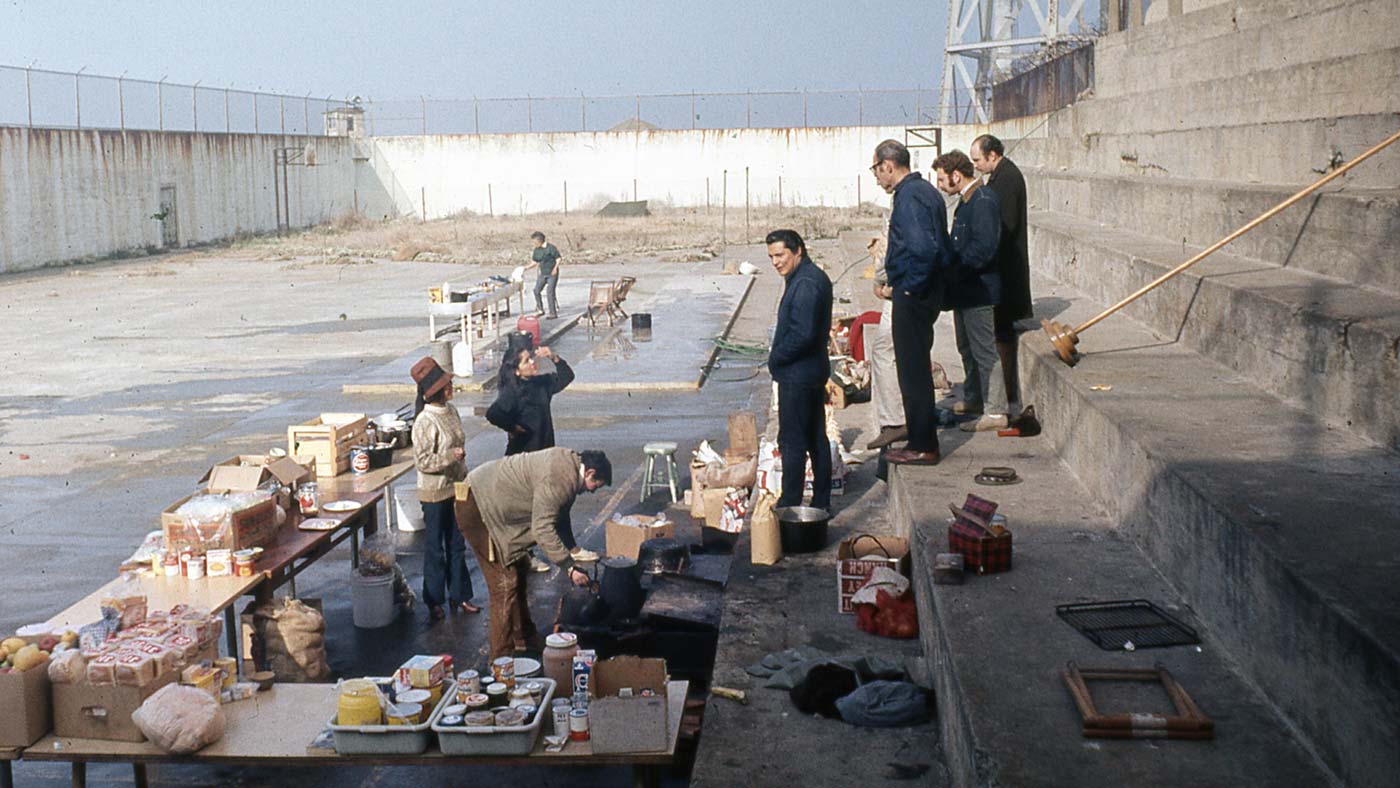
Acquiring food supplies and financial support for the occupiers became critical. The singing group Creedence Clearwater Revival donated money to purchase a boat to bring food and water to the island. Many Hollywood celebrities issued public statements in support of the takeover and made financial contributions to the group.
“It seemed fitting somehow that this former prison should benefit Indian people, because among the first political prisoners incarcerated there was a group of Hopi fathers who refused to comply with the government’s forced boarding-school practices.”
- Dennis Banks (Ojibwe Warrior 2004:106)
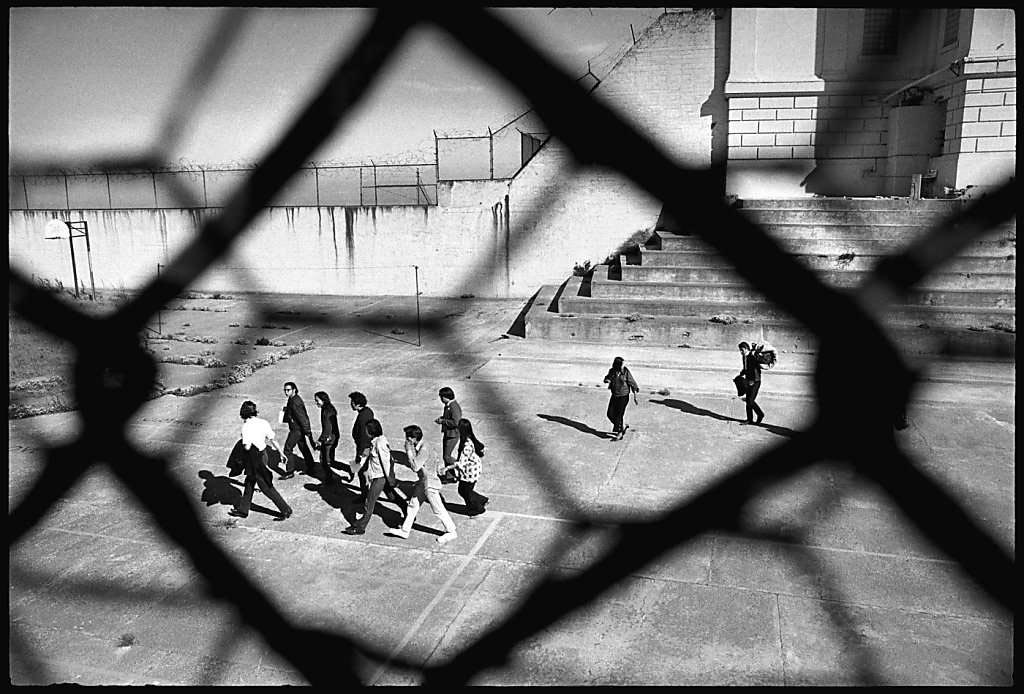
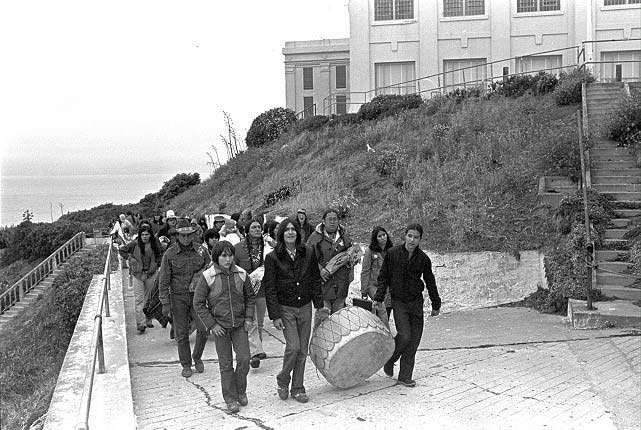
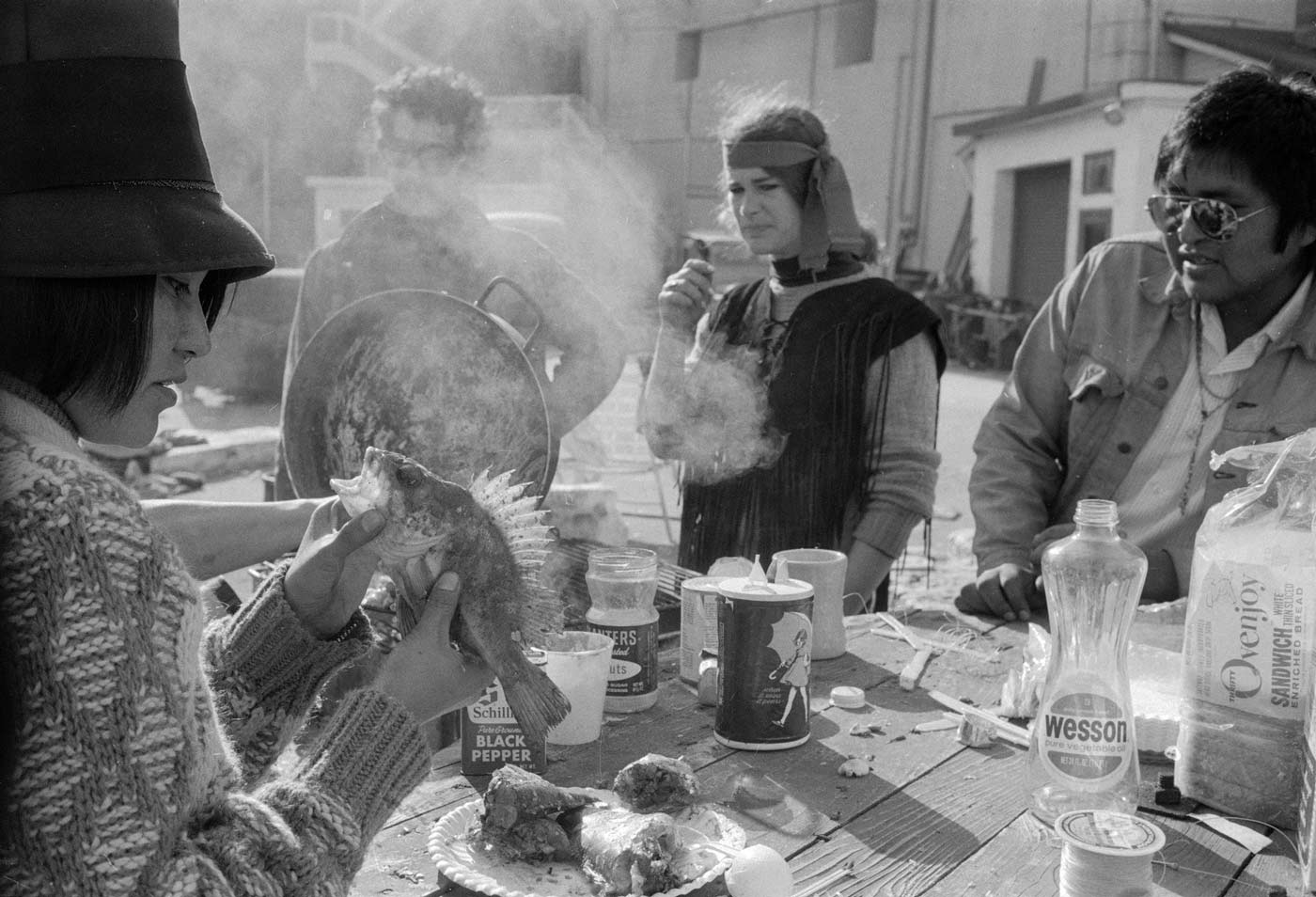
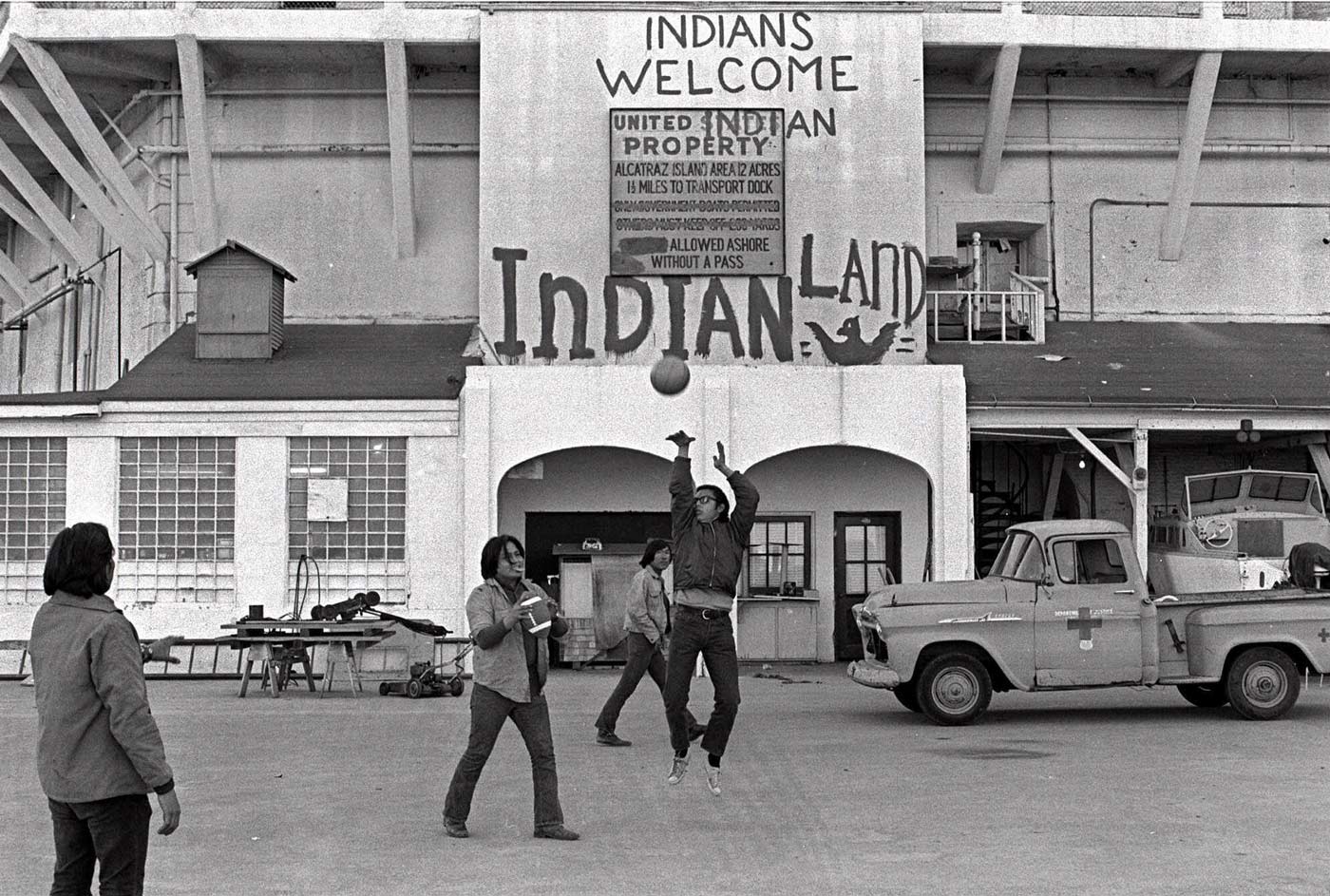
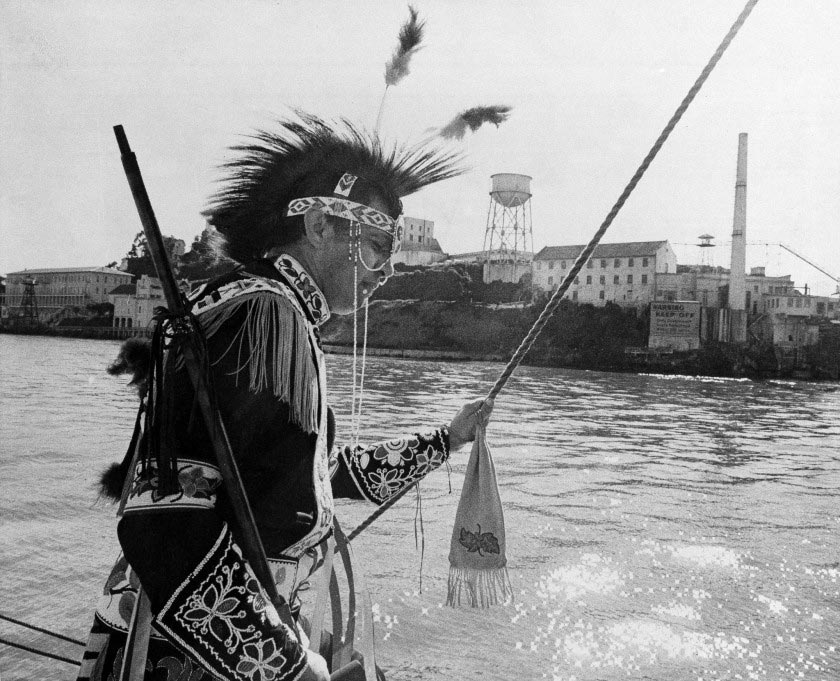
Within months John Trudell began broadcasting daily radio transmissions from Alcatraz, a program he named “Radio Free Alcatraz.” Trudell used the program to discuss Native fishing rights, suppressed cultural traditions and interview a number of individuals participating in the occupation, thereby educating the general public who tuned in to the broadcasts.

Listen to one of Trudell’s broadcasts of Radio Free Alcatraz here:
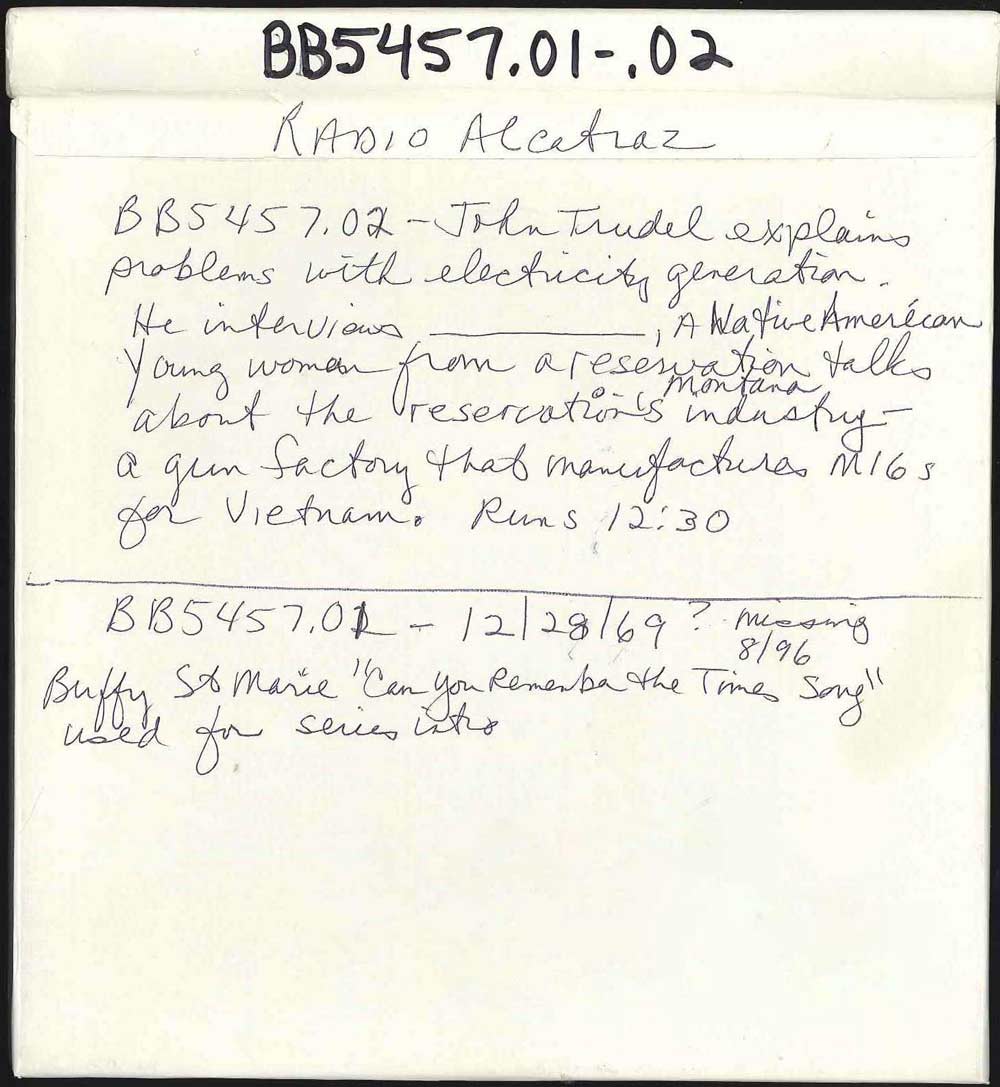
Richard Robertson, a representative from the National Council on Indian Opportunity, brought an offer from the federal government to build a park on the island for use by Native people. The offer was rejected and demands for the transfer of the entire island were reasserted.
